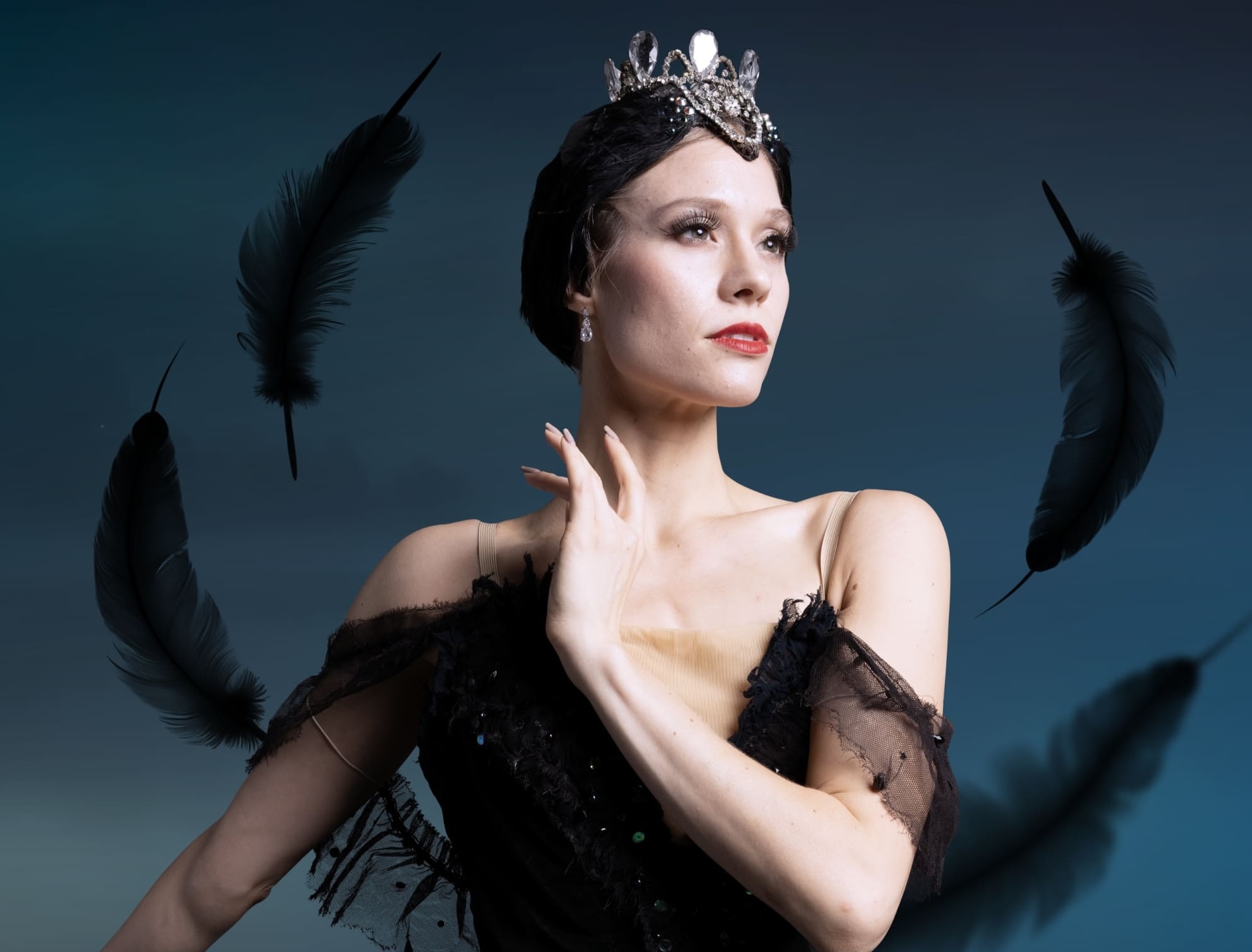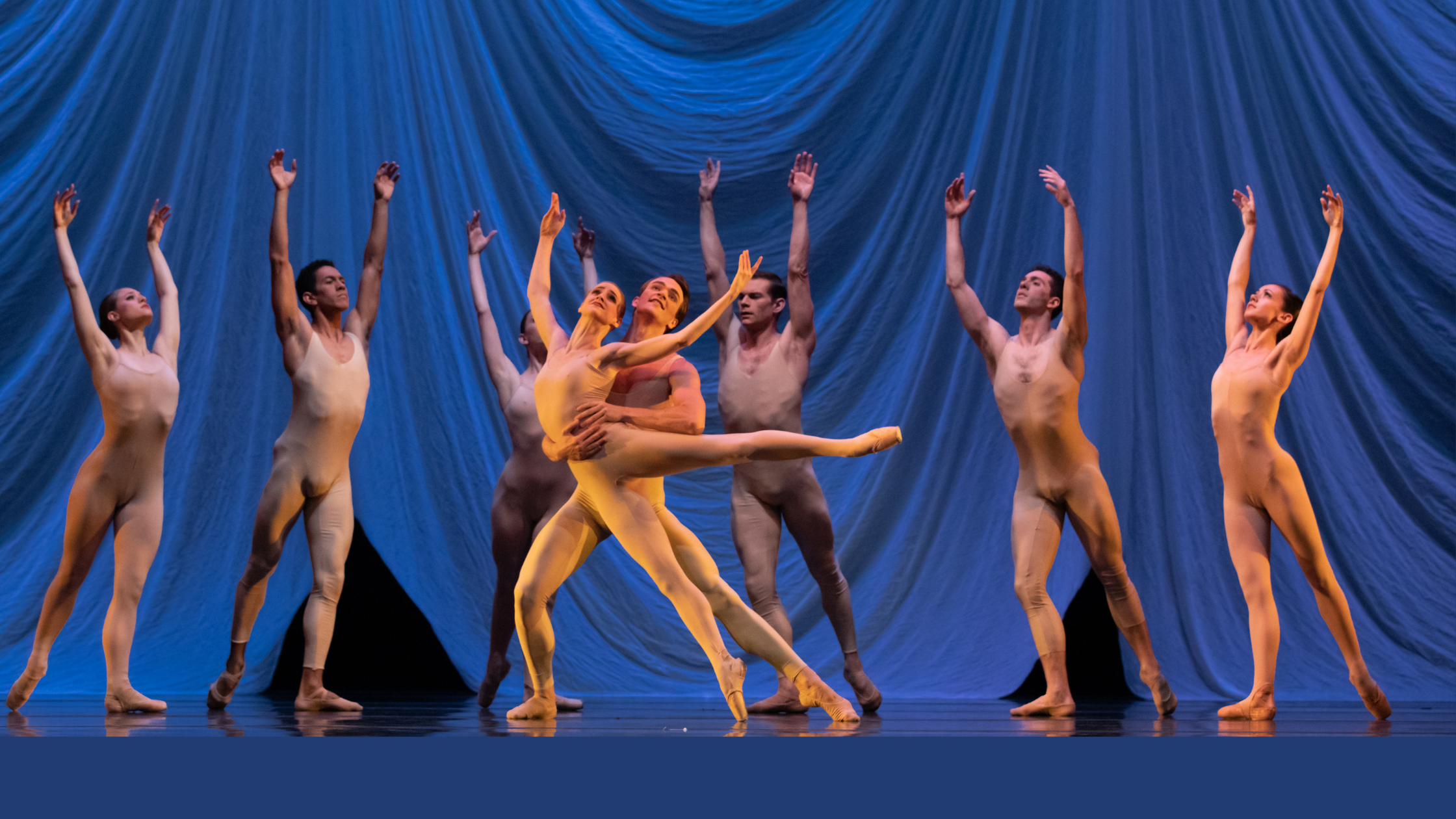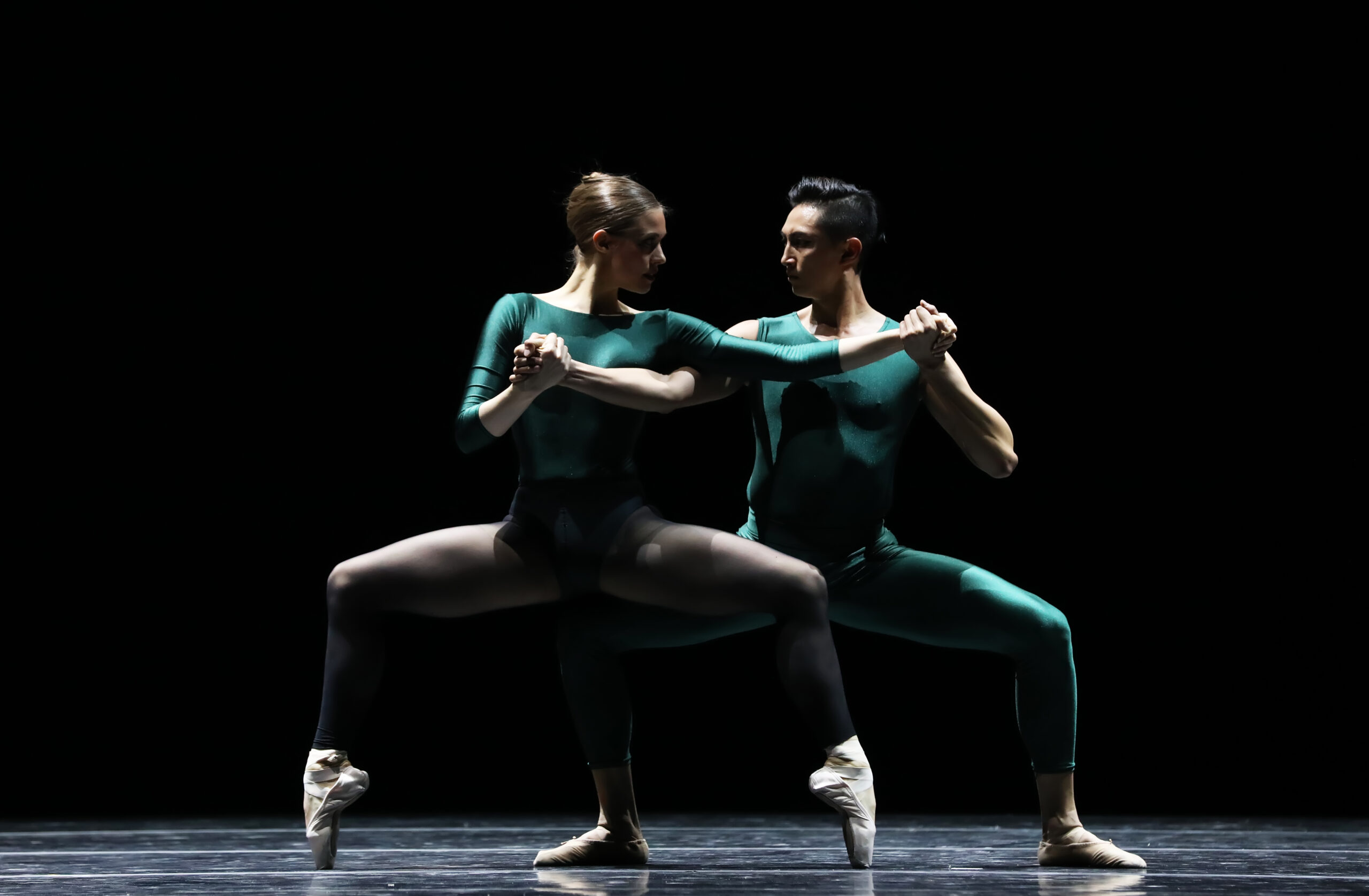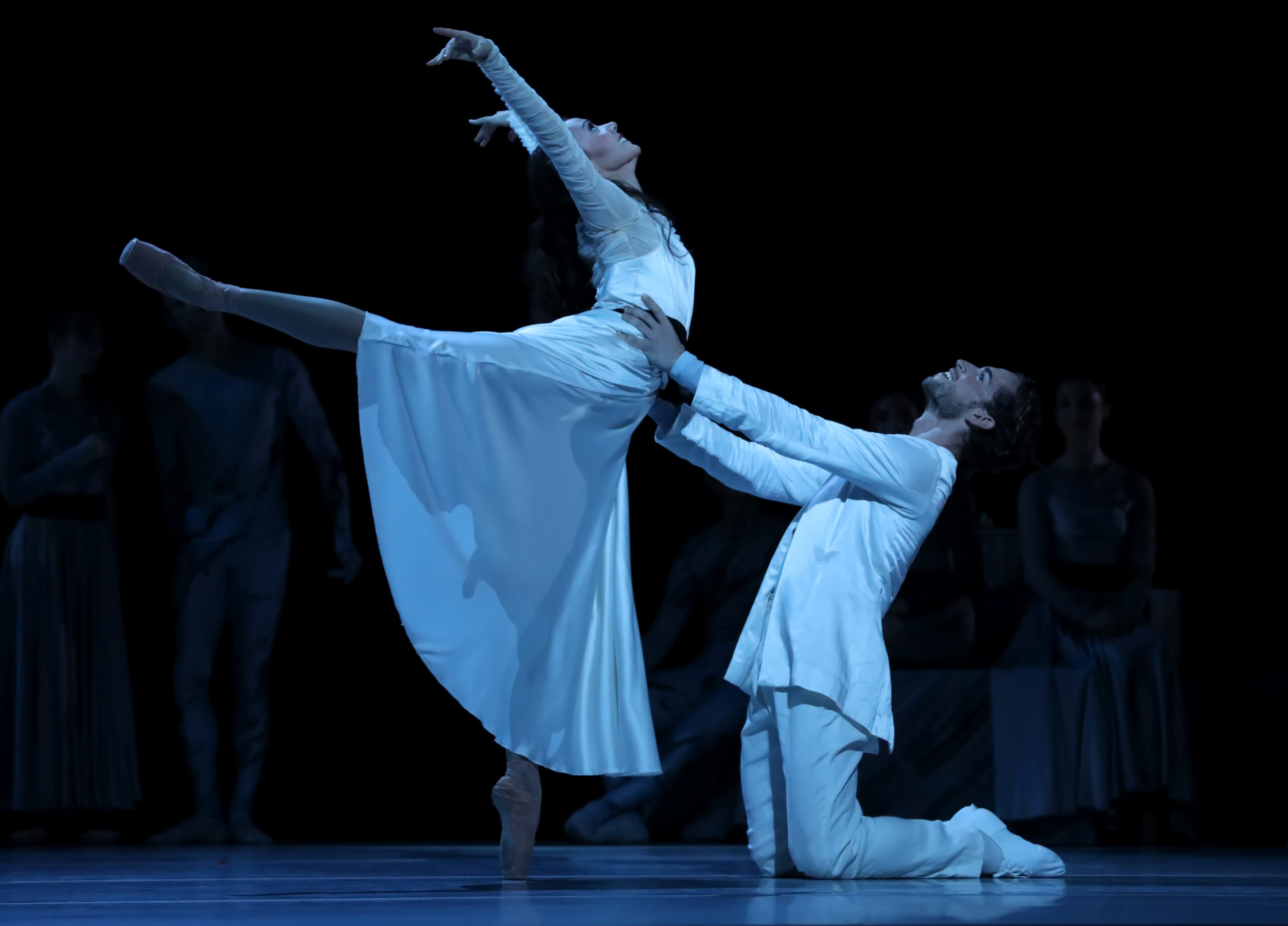
March 16, 2021

By Mary Ashley Ray
Many people often associate ballet with traditional works like The Nutcracker or Swan Lake, envisioning dancers in tutus, leading audiences through a classic story. While story ballets are essential in the world of ballet, they are not the only types of performances a patron might see. Equally important are mixed repertory performances, which present multiple, shorter ballets in one sitting. In a typical season, Texas Ballet Theater (TBT) presents both story ballets and mixed repertoire productions.
“Mixed repertory programs are as essential to a ballet company as full-length story ballets are,” Kathy Warakomsky-Li, Associate Director of TBT’s Studio Training Company, said. “It is just that – a big mix of styles, techniques, ideas and creativity.”
When a ballet company presents mixed repertory, audiences have an opportunity to see new styles and types of ballet they may not have experienced before, opening their eyes to new perspectives. Meanwhile, dancers showcase their versatility and artistry in a variety of ways – all in one performance.
One famous example of a shorter, non-narrative ballet is Les Sylphides. Choreographed by Mikhail Fokine, this ballet made its premiere in 1909 with Diaghilev’s Ballets Russes. It is set to music by Frederic Chopin, which in ways can move the dancers as much as choreography can in this approximately 30-minute piece.

While Les Sylphides was choreographed more than 100 years ago, new pieces have been created throughout ballet history, showcasing changes and trends in dance. Choreographer William Forsythe pushed the boundaries of ballet when his In the Middle, Somewhat Elevated premiered at Paris Opera Ballet in 1987. “It changed the face of dance forever because the jolting electronic music was very exciting, and it challenged the dancers to push beyond their extremities,” Warakomsky-Li said.
All patrons can learn when viewing a mixed repertory performance, but the education can be especially important for students and aspiring dancers. “Mixed repertory exposes students to different choreographers and ways of moving,” Lyndette Galen, Principal of Texas Ballet Theater School – Dallas, said. “It also shows them that there are different ways of interpreting music. Students could be watching contemporary choreography to a familiar piece of music that they have only danced to or seen at a ballet performance.”
Through mixed repertory, young dancers can also learn about different styles of choreography. Some choreographers start with ideas first, while others may be inspired by specific pieces of music and use those feelings to guide the choreography.
“When I speak to students about mixed repertory pieces, I usually tell them to just watch with an open mind and your brain will come up with a feeling or story line and that is all that a choreographer wants,” Warakomsky-Li said. “Sometimes the name of a piece will give you a clue as to what the choreographer has in mind, but many times, one just needs to watch and let your own creative feelings take over.”
These lessons help students become well-rounded dancers. Today’s dance companies perform an array of styles, from classical to contemporary and everything in between. A well-versed young dancer, one who has experienced and studied many styles of dance, can stand out in an audition and positively impact their future in professional dance.
“I suggest participating in classes in all genres of dance,” Galen says about encouraging her students to broaden their perspectives. As for watching other dancers or styles, “Attend or even look on YouTube at different kinds of performances.”
Even if a student does not plan to pursue a career in professional dance, a thorough dance education can be beneficial, increasing an appreciation for the arts, respect for styles or cultures different than their own, and establishing dedication and a worth ethic that translates to any profession.
This spring, Texas Ballet Theater offers an opportunity for patrons to experience mixed repertory from the comfort of their own homes. The Poetry of Expression: Part I, featuring two new pieces choreographed by Company Dancers, is available for streaming March 25 – April 9, 2021. For more information or to purchase tickets, click here.
